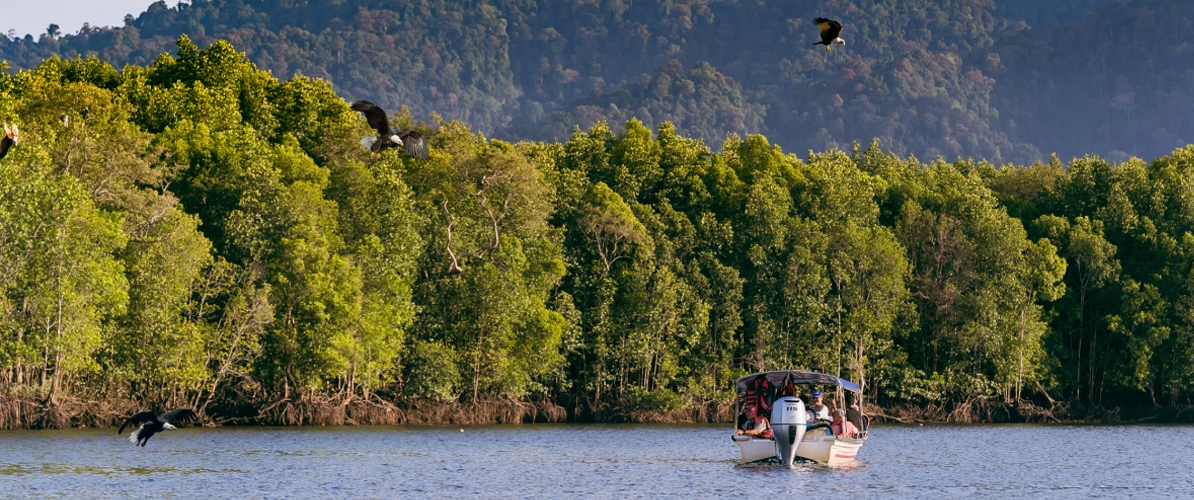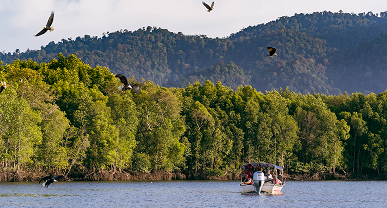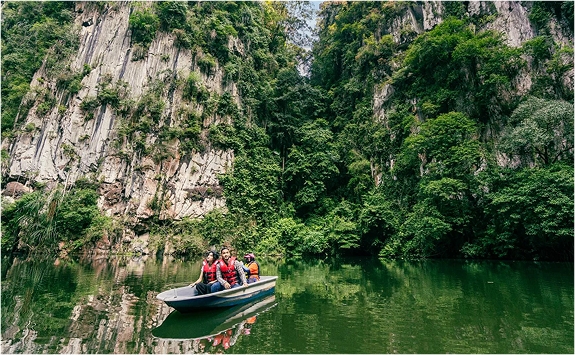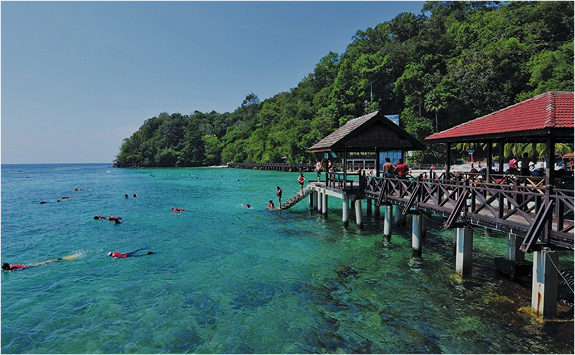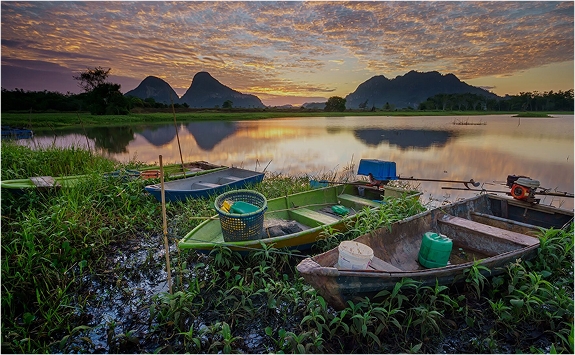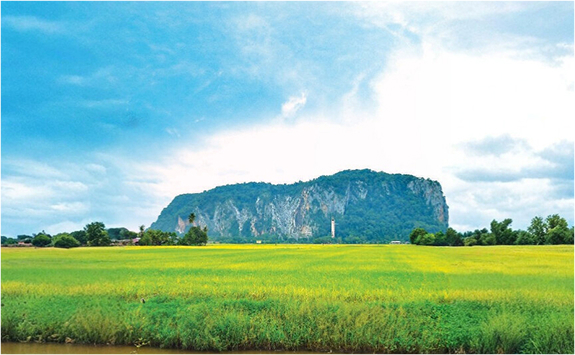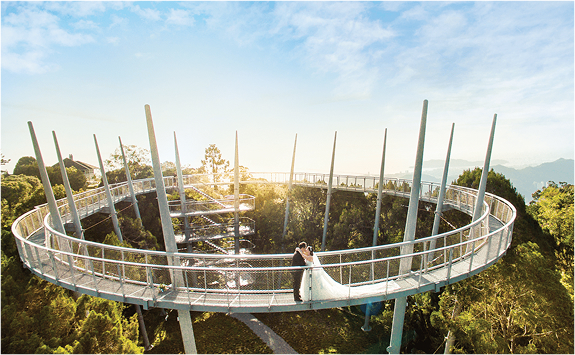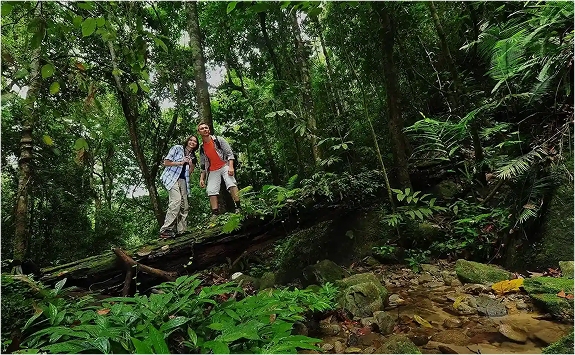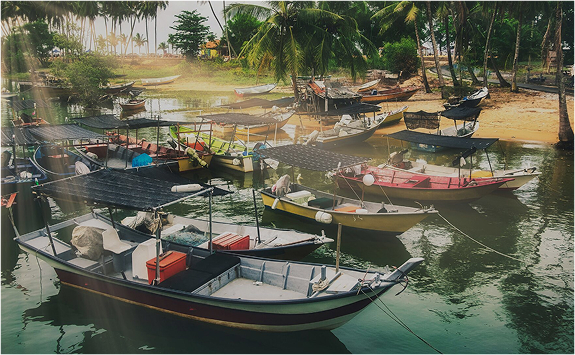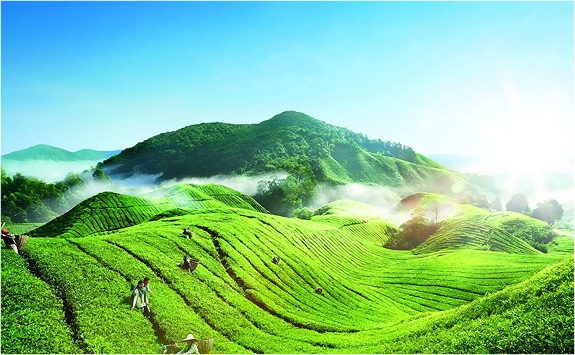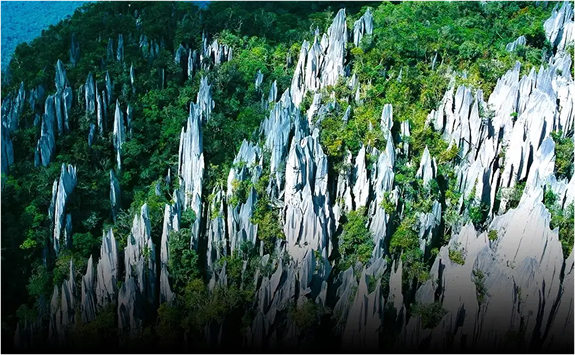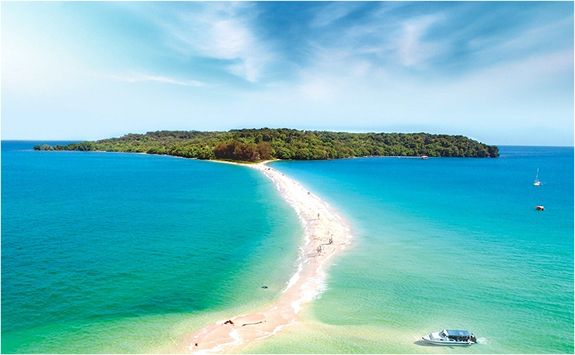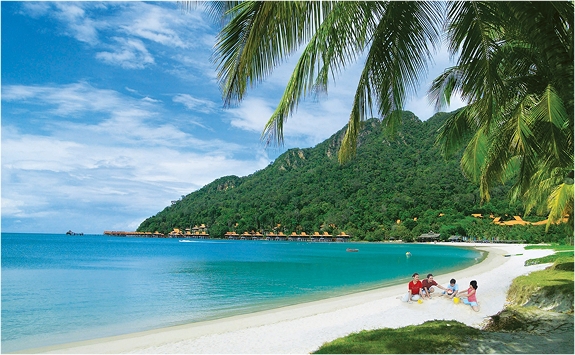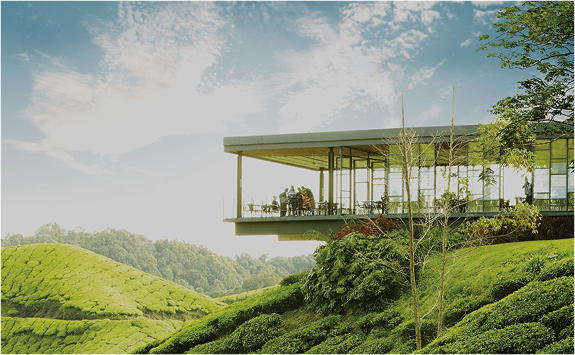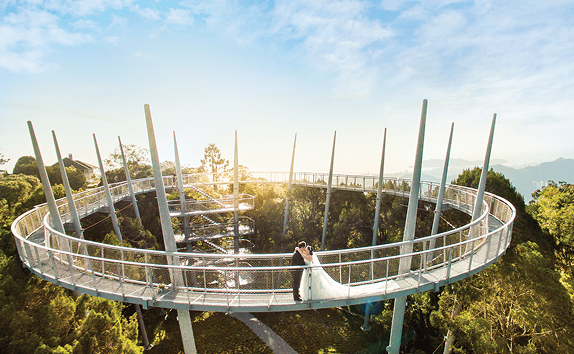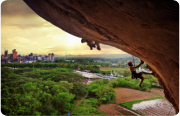KEDAH
Kedah
The beautiful state with its lush paddy fields set against the backdrop of rolling hills is blessed with a myriad of habitats and ecosystems. From offshore white sandy beaches to world heritage sites, it is a state that values its tourism industry with offerings of nature and agriculture.
- Contact Info
- MUDA Agricultural Development Authority
- www.mada.gov.my
- Kedah Forestry Department
- webmaster@kedforestry.gov.my
- www.kedforestry.gov.my
- Langkawi Tourism Information Centre
- mtpblgk@tourism.gov.my
The state capital of Alor Setar is served by the Sultan Abdul Halim Airport. Langkawi International Airport on the island of Langkawi (2-hour ferry ride to the west) allows direct flight access to the island from Kuala Lumpur and Singapore.
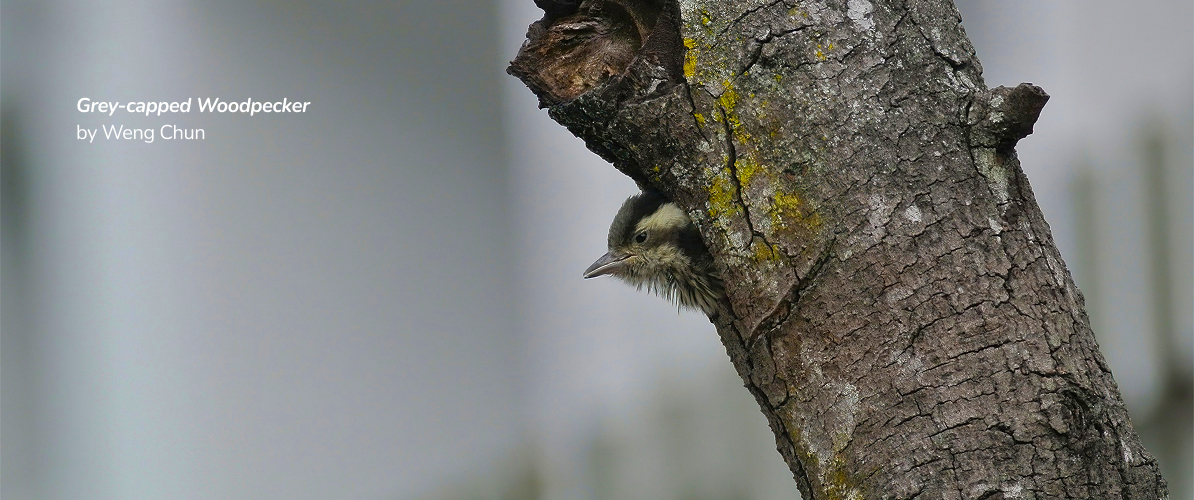
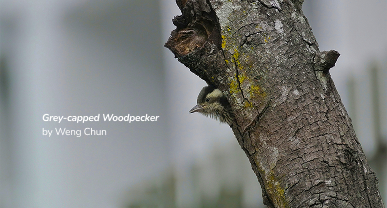
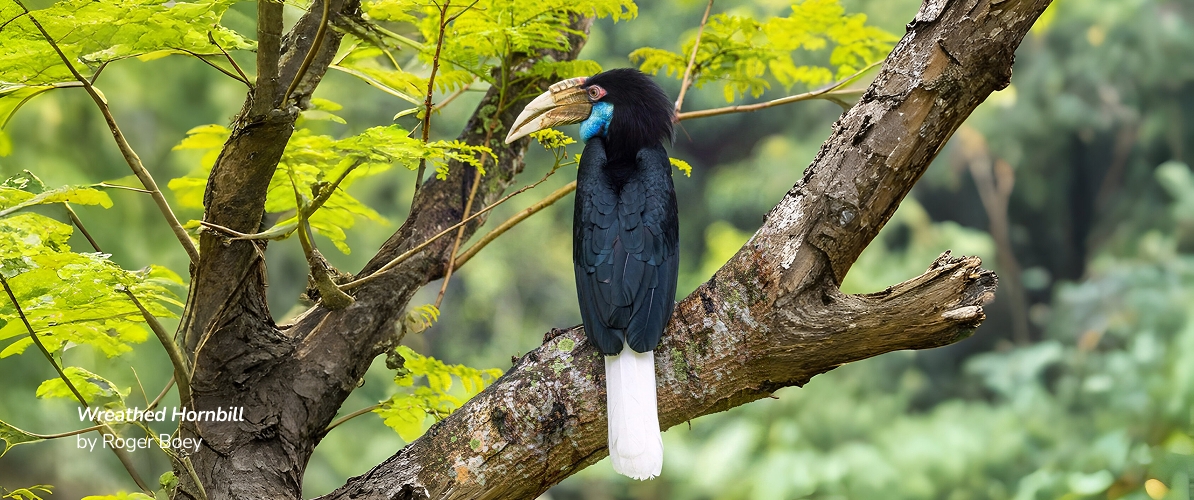
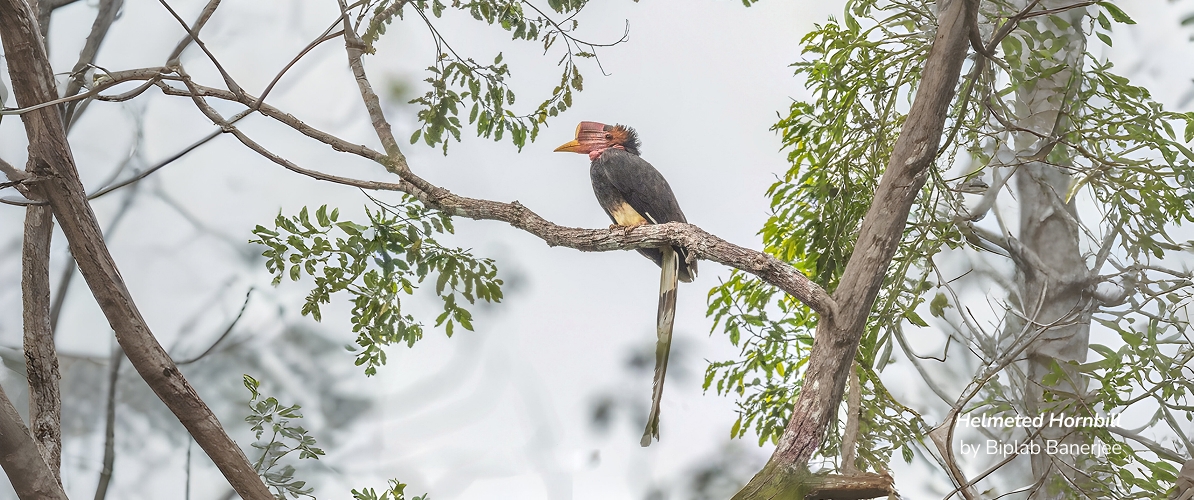
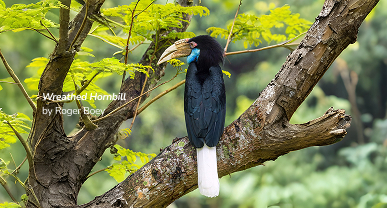
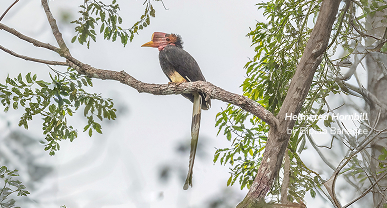
Ulu Muda Forest Reserve
Coordinate: 6°07’16.0”N 100°51’36.0”E
At 115,000 square kilometres, the Ulu Muda Forest Reserve is one of the last remaining untouched forest compartments in Peninsular Malaysia. It is made up of lowland, hill and riverine habitats ranging from an elevation of 97m to the highest point of 1,256m. The area is particularly known as an important site for Malaysia’s mega fauna including the Malayan Tiger, Asian elephants, Malayan tapir, sambar deer, Barking deer, Gaur, panthers and much more.
In terms of bird life, the greater area hosts about 195 species of birds including 9 hornbill species. This includes the critically endangered Helmeted Hornbill and the globally threatened Plain-pouched Hornbill. There are also 9 species of woodpeckers and 5 species of kingfishers. Other notable birds include the rare and shy Masked Finfoot, Dusky Eagle-owl.
There are very limited places to stay within the Reserve and early booking and boat & guide services can be arranged.
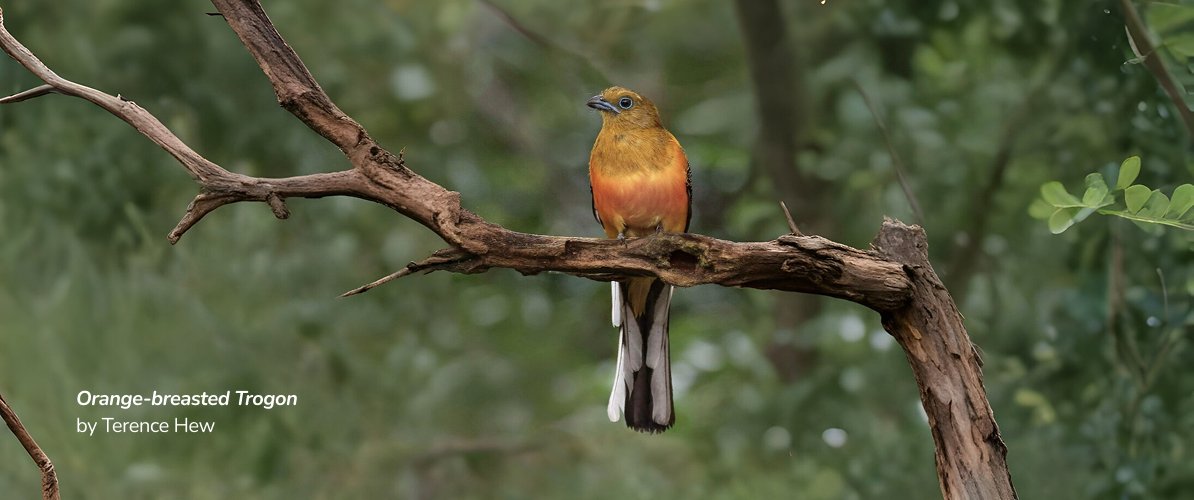
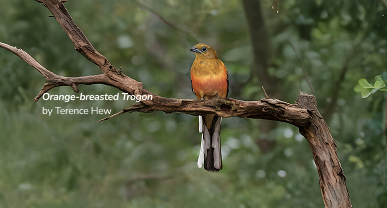
Lake Pedu
Coordinate: 6°10’19.5”N 100°50’24.0”E
No. of species: > 300
Located in Padang Terap district, near the Thai border, this lake was formed by the construction of the Pedu Dam which caused the waters of Sungai Pedu to rise, turning some of the hills into mere islets in the water. Covering an area of 75 square kilometres, the lake is surrounded mainly by lowland forests and it has great bird diversity.
With more than 300 bird species recorded here, the few trails will offer you chances of amazing birds such as the Gold-whiskered Barbet, Black Hornbill, Crested Serpent-eagle, Scarlet-rumped Trogon, Eastern Honey-buzzard, Chinese Sparrowhawk and Japanese Sparrowhawk .
The forest and trails that surround the lake are excellent for birdwatching especially during early mornings and late afternoons. During the fruiting season, birds often come to feed on fruits of the trees that surround the lake. It is advisable to pack your lunch and drinks when planning to stay for the whole day.
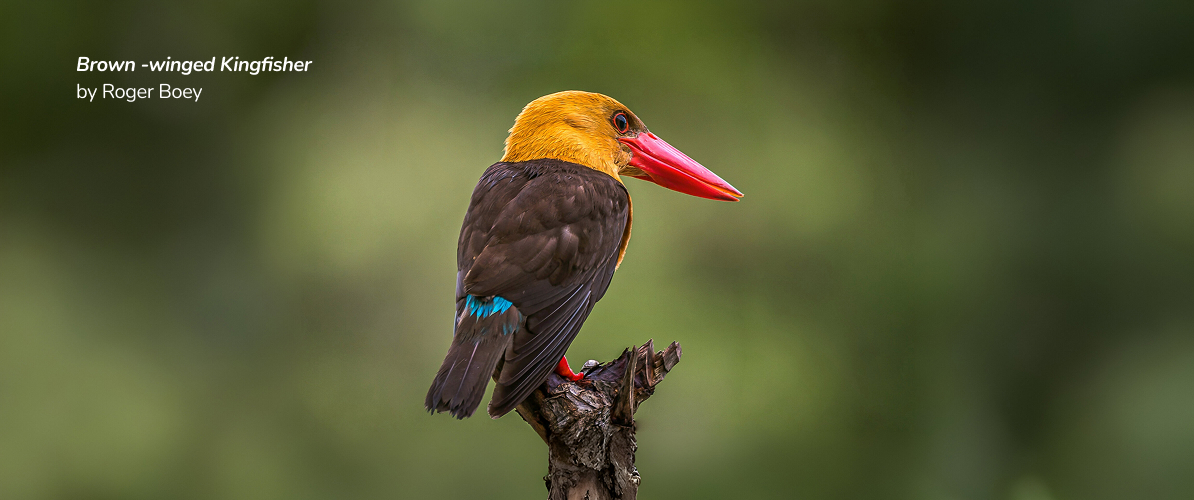
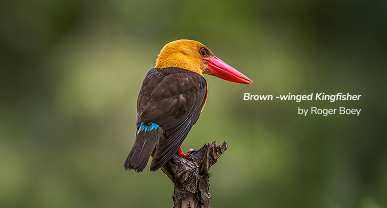
Langkawi
Coordinate: 6°17’48.7”N 99°43’21.7”E
No. of species: > 220
Made up of over 99 natural and 2 man- made islands, Langkawi is an archipelago off the coast of Kedah. The island is listed in 2007 as a UNESCO Global Geopark due to its amazing natural history and geology, dating back to over 540 million years. Due to its unique location as the Straits of Malacca meets the waters of the Andaman Seas, it is truly on of Malaysia’s important ecotourism site.
In terms of bird life, this island offers a variety of habitats ranging from coastal areas, wetlands, mangrove swamps to mountains, and is currently home to more than 220 bird species. Some of the specialties listed here is the Mountain Hawk-Eagle, Brown-winged Kingfisher, Plain-backed Sparrow and Black-headed Oriole. Other interesting records include the Red-wattled Lapwing, Malaysian Plover, Mangrove Pitta, White-bellied Sea-eagle, Crested Serpent-eagle, Oriental Pied Hornbill, Pink-necked Green-pigeon, Pied Fantail, Greater Racquet-tailed Drongo, Copper- throated Sunbird as well as the White- throated Kingfisher and Collared Kingfisher.
Gunung Raya, the highest point in the island and surrounded by amazing primary forests, is accessible by road right up to the peak and this is where you will be mesmerised by the magnificent sight of Great Hornbills and Wreathed Hornbills , which sometimes congregate in large numbers on a fruiting tree. In 2014 Langkawi holds the record for the most Great Hornbill record sighting of 114 birds! Year 2014 Langkawi therefore has been tagged as the “Hornbill Island of the World” by the local NGO, Ecotourism & Conservation Society Malaysia (ECOMY).
